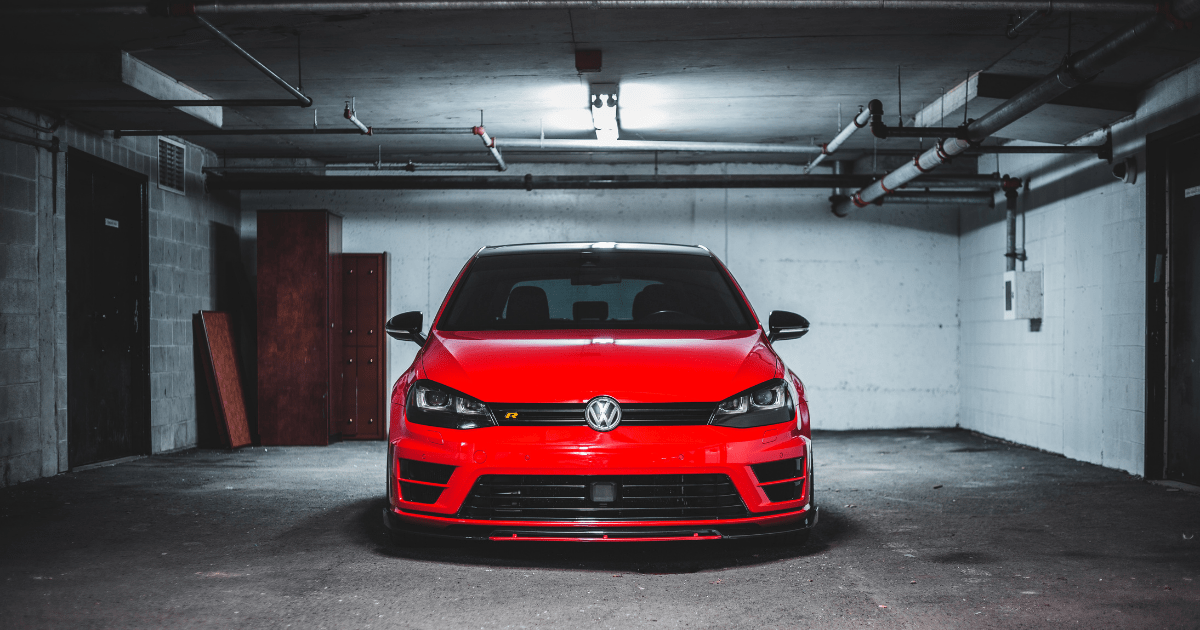What are the benefits of storing your car in a self-storage unit?
The benefits of storing a car in a self-storage unit are numerous. With the right storage unit, vehicles can be kept safe and secure while not taking up space at home or a small business. Self-storage units also offer convenience, as most have 24-hour access and are often climate controlled. Keeping cars in storage units also helps to extend their life expectancy by protecting them from outdoor elements such as extreme heat or cold, humidity, dust and dirt. Finally, long-term automotive storage is more cost-effective than renting a garage facility for short periods.
What types of self-storage units are available for automotive storage?
Different types of self-storage units can be used to store a car. These include the 10′ x 20′ outdoor parking unit, the 10′ x 15′ indoor unit, and the 15′ outdoor parking unit. Each option has benefits depending on whether the car needs to be stored indoors or outdoors.
What should you look for when selecting a garage or facility for storing your car?
It is important to consider climate control when storing a car to prevent damage caused by extreme temperatures and humidity. Climate-controlled storage units keep the temperature at a consistent level and maintain moderate humidity levels, which can help preserve the vehicle’s condition over time.
How to prepare your car before you store it away?
Proper preparation is essential for preserving a car’s value when stored in a nearby self-storage unit. Before storing, the tires should be aired out and the gasoline drained. The battery, antenna, and wipers should also be removed to avoid any potential damage to the car. For easier reinstallation or jumpstarting of the battery, later on, it’s best to back into the storage unit rather than drive straight in. If necessary, the parking brake should be disengaged, then all windows and vents shut, and the exhaust pipe blocked off. It’s also important to put the car on blocks or jacks to prevent flat-spotting due to being stationary for an extended period. After locking up your vehicle, you may want to cover it with a car cover for added protection from pests and place cedar boards around its exterior as an additional measure against pests and insects. Finally, leave some jumper cables in your trunk to easily restart your vehicle when needed. With these steps, you can rest assured that your vehicle will remain safe while in storage!

